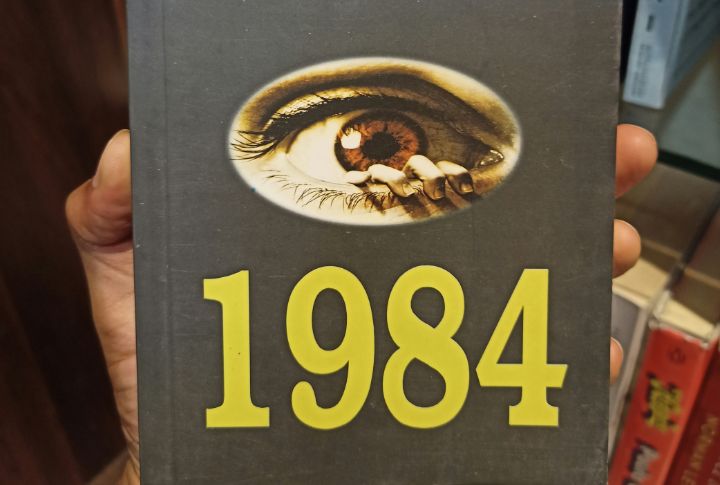
Stories written decades ago weren’t meant to predict the future but some came surprisingly close. These classic books explored power, identity, justice, and control long before those topics filled newsfeeds. Today, their words feel sharper, not softer. Each of these ten books holds a truth that time hasn’t buried—only made more visible.
The Handmaid’s Tale

Margaret Atwood’s story may be set in a made-up world, but the questions it raises about control and personal freedom still hit hard. The book feels increasingly relevant with daily debates around rights and laws. It pushes readers to think about what silence can allow.
Brave New World

When life becomes too easy, people stop asking deeper questions. Aldous Hley imagined a world where comfort and entertainment quietly kept everyone compliant. The idea rings truer today, as constant distractions and instant gratification often replace more profound, lasting thoughts.
Lord Of The Flies

Stranded on the island, the boys in “Lord of the Flies” watch their fragile world crumble as order gives way to fear and reason is consumed by power. Golding captures how easily humanity slips into chaos. This is a warning echoed in today’s world, where outrage often spreads faster than empathy or understanding.
Frankenstein

Creating something powerful without considering the consequences is at the heart of “Frankenstein.” Mary Shelley’s story isn’t just a monster tale; it shows how ignoring responsibility leads to ruin. With AI and genetic science raising big questions, her warning on unchecked invention carries sharper urgency.
The Grapes Of Wrath

Power often decides who gets to move forward and who gets left behind. In “The Grapes of Wrath,” the Joad family faces loss and constant roadblocks while trying to rebuild their life. Through it all, John Steinbeck clearly shows how systems can crush people no matter how hard they try.
Catch-22

Getting stuck in a system where logic breaks down defines a “Catch-22.” Joseph Heller’s characters face rules that go in circles and lead nowhere. That same feeling exists today—in insurance forms, job policies, school systems, or endless paperwork. The phrase stuck around because the problem never really left.
The Bell Jar

Identity and mental health struggles are the crux of Sylvia Plath’s semi-fictional journey. What once felt taboo now finds more space in public conversations, but the experience remains deeply personal. Through Esther Greenwood, readers witness how invisible pressures can shape and sometimes smother a person’s sense of control.
One Hundred Years Of Solitude

This book reveals how history is not a simple repeat but a repeating cycle. Gabriel García Márquez portrays a town locked in cycles of authority and memory, burdened by the weight of repeated loss. As history unfolds in new forms, the novel’s message becomes more urgent: failing to learn from the past guarantees its return.
The Picture Of Dorian Gray

Looking perfect on the outside while hiding damage within feels more familiar now than ever. The story speaks to a world obsessed with appearances, where the online image often hides the reality beneath. Oscar Wilde masterfully explores the dangers tied to appearance and the slow erosion of moral boundaries.
1984

Daily life now involves cameras, data logs, and filtered newsfeeds—elements George Orwell imagined long before they became real. Though written in 1949, the novel captures how unchecked surveillance can reshape truth and freedom. Modern digital tools may differ, but the concern behind them remains unsettlingly close to Orwell’s vision.

Comments
Loading…